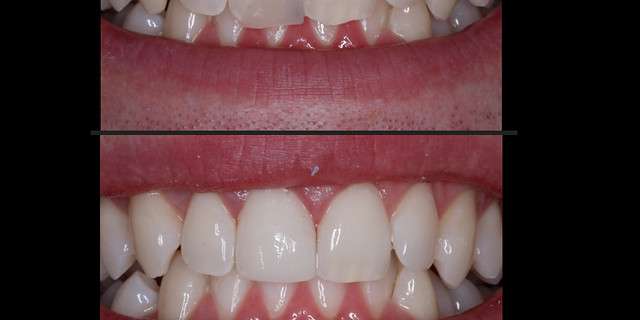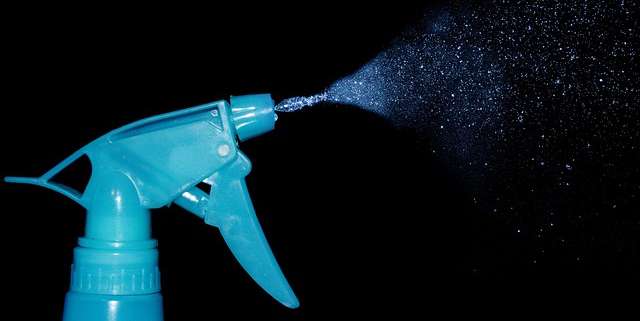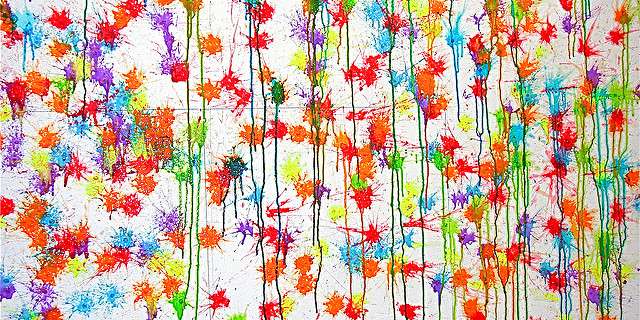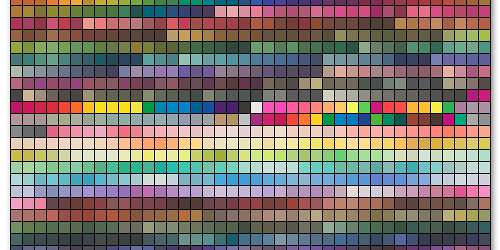Smartphones have created their own industry ecosystem. Image Credit: Unsplash user Gilles Lambert
Revolutionary products create their own ecosystems. Take the automobile for example. Cars have changed the face of the world. Their usage created a need for paved roads, highways, driveways, and parking lots. As a result of their ubiquity, communities changed their layouts to make car ownership and transportation easier. It doesn’t stop there, though—the ecosystem the automobile created has large niches for secondary industries dependent on the car. Automotive repair shops, for instance, wouldn’t exist with automobiles. Neither would dealerships or, perhaps most profoundly, the innumerable factories that create automotive parts to be assembled by car manufacturers. After all, it takes about 30,000 parts 1 to build a car, and every one of those parts needs to come from somewhere, as does all the glue to hold it together. Of course, all the raw or processed materials needed to make all those automotive parts need to come from somewhere as well. Without the car, vast industries wouldn’t exist. Oh, did I mention that cars require gasoline and oil to run?
Of course, cars are old news at this point. If they don’t fly, it’s hard to get excited. What is new, and what is cool, is the smartphone. Like the automobile, the smartphone has changed the world, creating infrastructure and restructuring communities. Also like the automobile, the smartphone has created a huge ecosystem for secondary industries to thrive in. It doesn’t take 30,000 parts to make a smartphone, but the industry still requires huge amounts of precisely engineered components. For glue manufacturers, smartphones present a huge opportunity.
Smartphone glue must be absolutely clear to keep the display clean. Image Credit: Unsplash user Jordan McQueen







